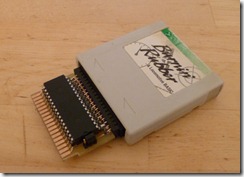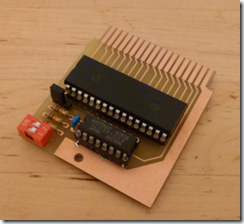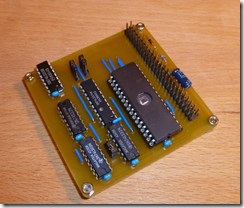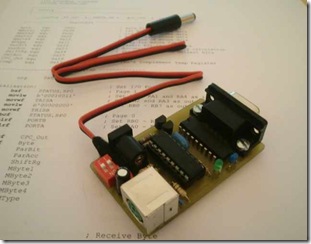Bryce announced the MITM (man-in-the-middle) cartridge adapter, which sits between a Plus cartridge and the Plus. With this adapter, you just need an original cartridge with an ACID protection chip which is directly connected to the CPC, but it will read the contents of the EPROM on the adapter. Maybe you know the same principle from playing Super Nintendo games from foreign countries – they used such an adapter to bypass the protection chip, too.
You can find an [[MITM|article about the adapter]] in the CPC Wiki. The schematics and layout will follow soon.





